Picking the Right Cork Flooring for My Entire House
P Roberts
4 years ago
Featured Answer
Sort by:Oldest
Comments (37)
SJ McCarthy
4 years agolast modified: 4 years agoP Roberts
4 years agoRelated Discussions
my new cork floors are gorgeous,but...
Comments (3)The outgassing should not last long. As for the product...any click together product with a pressed wood board core (mdf or hdf) is going to outgas...it is not a 'natural' product anymore. And, when you add a clear pvc wear layer to the natural cork, what do you have then? If you purchase natural linoleum or natural cork in these click together formats, you are buying an overly engineered product. Nothing wrong with that, unless you're very chemically sensitive. I hope your installer can uninstall and 'rack' the floor how you would like it....See MoreNeed help picking floor for kitchen, hardwood, cork or tile?
Comments (4)You mentioned that you thought about tile. I saw this floor in a magazine and knew right away that I wanted it in my newly remodeled 60 year old house. It combines tile and hardwood for a warm feeling but not the same as the rest of the house that has dark hardwoods. It was not difficult to do either. My builder and I did this one. Here is a link that might be useful:...See MoreSame Wood Floors for the Entire House?
Comments (14)I love hardwood floors, but for budget, installation, and maintenance reasons, we're putting laminate throughout most of the downstairs. We found a beautiful handscraped style where each plank is actually separate, not just a picture like some. We've been getting tons of compliments on the floors, and it's not even complete yet. Laminate is very easy to DIY (I've done three rooms already almost by myself), sounds fine with a good underlayment, and holds up perfectly to pet toenails (our 50 lb dog had put a lot of "patina" on the 90 year old heart pine floors in our last house)! In our nice but older neighborhood, hardwood floors would not have been a good return on the money. But if you can afford it, it's wonderful ;-)...See MoreRemodeling entire ground floor of old home. Feedback on flow?
Comments (19)@apple_pie_order That first question is a great one... and it's one that has even my husband, a real estate appraiser, stumped. When we bought our house, it was listed as a 3BR because of the den located through the arched doorway. It technically checks off all the requirements of a bedroom (size, entrance/escape, heating/cooling), but has never functioned as one. While the new plan wouldn't add appraised value necessarily, I do think buyers would appreciate the function of the proposed layout. Once we get a better idea of what we're thinking, we're going to have our realtor give her opinion on market value. The woman who owned the house we wanted to buy bought it for $109K in 2016 and sold it for at least $244K this year with mostly cosmetic upgrades. A lot of that jump was due to overall property values increasing, but people love the historic homes in our neighborhood and I think they're willing to pay for the updates/modernized layouts. 2. We do have one quote for kitchen only at $20K (for mid-range materials and labor from contractors we know), but would definitely seek more in-depth estimates before committing to a plan. 3. He DOES use headphones and is still so loud. Adding sound absorbing materials is a great idea. If we keep the current layout, do you have any recommendations for closing off the room through the arched doorway? Thinking a custom door for this space would be beautiful, but would come with a high price tag. 4. We're definitely considering improving the utility room, but hadn't thought of a third bedroom there. The utility room leads out to a great elevated deck with stairs into our backyard. The deck is built around a huge old maple tree, which is a feature we love, but makes any expansion difficult. Will need to think about that some more! 5. Thanks for encouraging me to think through priorities! At the moment, mine are: 1) Updated kitchen, 2) More open kitchen, if feasible 3) Better use of space, which is as simple as moving the dining room table into the existing entry without any structural upgrades, and removing the existing built-ins. Blocking off the bedroom is something that only comes up when we think long-term future for us or market value when we sell. I think it's probably a necessity if we open the kitchen up to the existing "third bedroom"...See MoreP Roberts
4 years agoP Roberts
4 years agoSJ McCarthy
4 years agoP Roberts
4 years agoSJ McCarthy
4 years agoP Roberts
4 years agoP Roberts
4 years agoSJ McCarthy
4 years agolast modified: 4 years agoP Roberts
4 years agoP Roberts
4 years agoSJ McCarthy
4 years agorayb1
3 years agoSJ McCarthy
3 years agorayb1
3 years agoP Roberts
3 years agorayb1
3 years agolast modified: 3 years agoSJ McCarthy
3 years agoP Roberts
3 years agoP Roberts
3 years agorayb1
3 years agoSJ McCarthy
3 years agorayb1
3 years agoSJ McCarthy
3 years agorayb1
3 years agorayb1
3 years agoSJ McCarthy
3 years agorayb1
3 years agoAglitter
3 years agolast modified: 3 years agoP Roberts
3 years agoAglitter
3 years agoUser
last yearP Roberts
last yearAglitter
last yearBill & Lynne
3 months ago
Related Stories
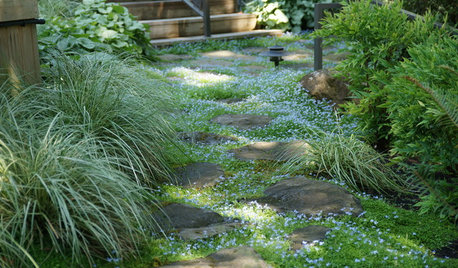
LANDSCAPE DESIGNHow to Pick the Right Floor for Your Garden Room
Crunch the facts on gravel, flagstone, brick, tile and more with our mini guide to outdoor flooring surfaces
Full Story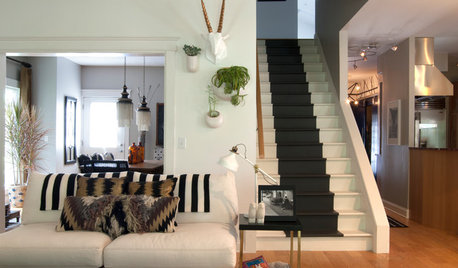
STAIRWAYSThe Upstairs-Downstairs Connection: Picking the Right Stair Treatment
Carpeting, runner or bare wood? Check out these ideas for matching your staircase floor treatment to upstairs and downstairs flooring
Full Story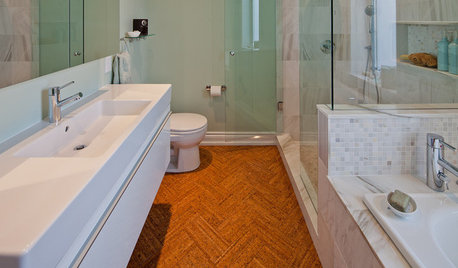
FLOORSWill Cork Float for Your Bathroom Floor?
Get the facts on advantages, disadvantages, costs and installation to see if a cork bathroom floor is right for you
Full Story
STUDIOS AND WORKSHOPSPick the Best Flooring for Your Creative Space
We give you the lowdown on carpet, concrete, cork and more flooring options so you can focus on your art or craft
Full Story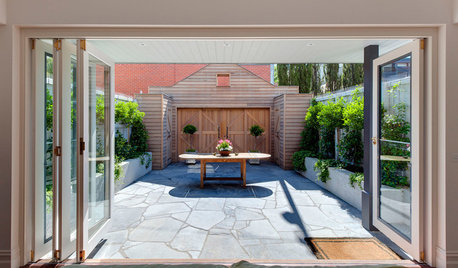
LANDSCAPE DESIGNHow to Pick the Right Paving and Decking Material
Once you’ve got the walls or fences of your garden figured out, it’s time to consider the ground surface or floors
Full Story
COLORPick-a-Paint Help: How to Create a Whole-House Color Palette
Don't be daunted. With these strategies, building a cohesive palette for your entire home is less difficult than it seems
Full Story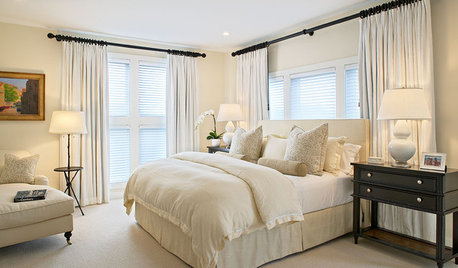
WHITEHow to Pick the Right White Paint
White is white, right? Not quite. See 8 white paint picks for 8 very different effects
Full Story
DISASTER PREP & RECOVERYMore Power to You: How to Pick the Right Generator
If your home's electricity goes, don't let it take your necessities with it — keep systems running with this guide to backup power
Full Story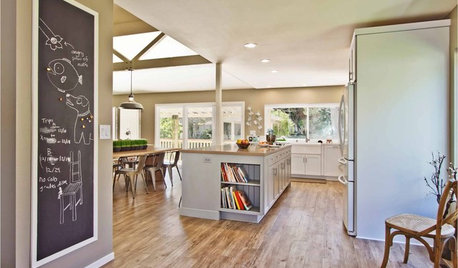
FLOORSWhat's the Right Wood Floor Installation for You?
Straight, diagonal, chevron, parquet and more. See which floor design is best for your space
Full Story
REMODELING GUIDESCool Your House (and Costs) With the Right Insulation
Insulation offers one of the best paybacks on your investment in your house. Here are some types to discuss with your contractor
Full Story


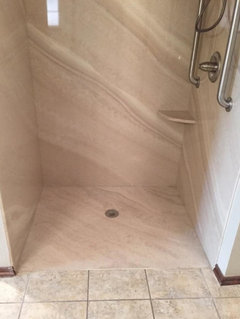
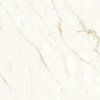
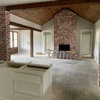
SJ McCarthy